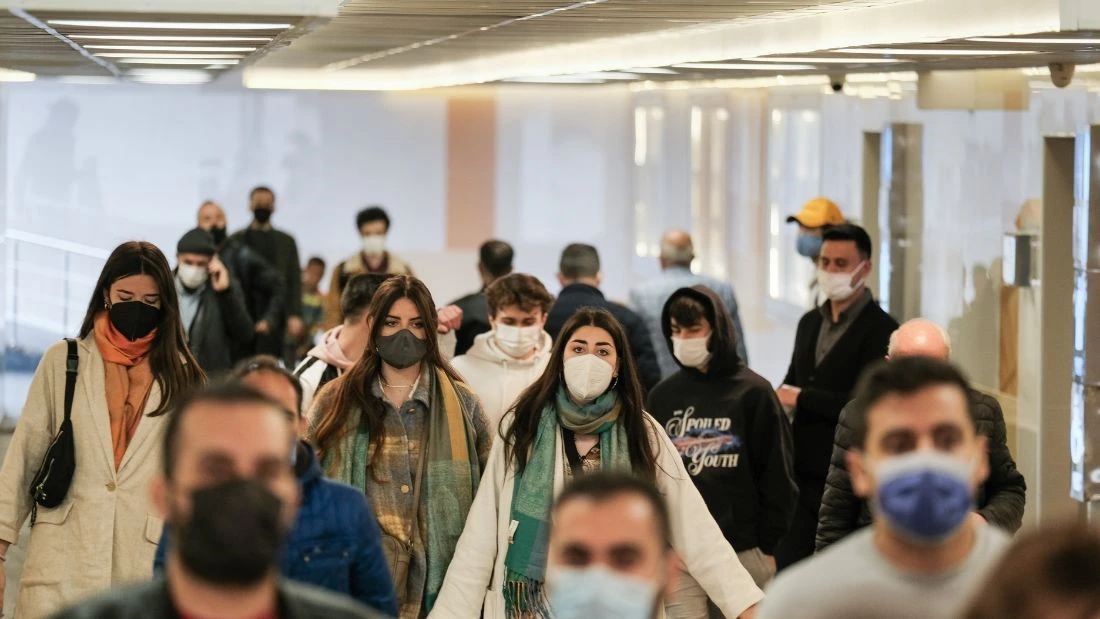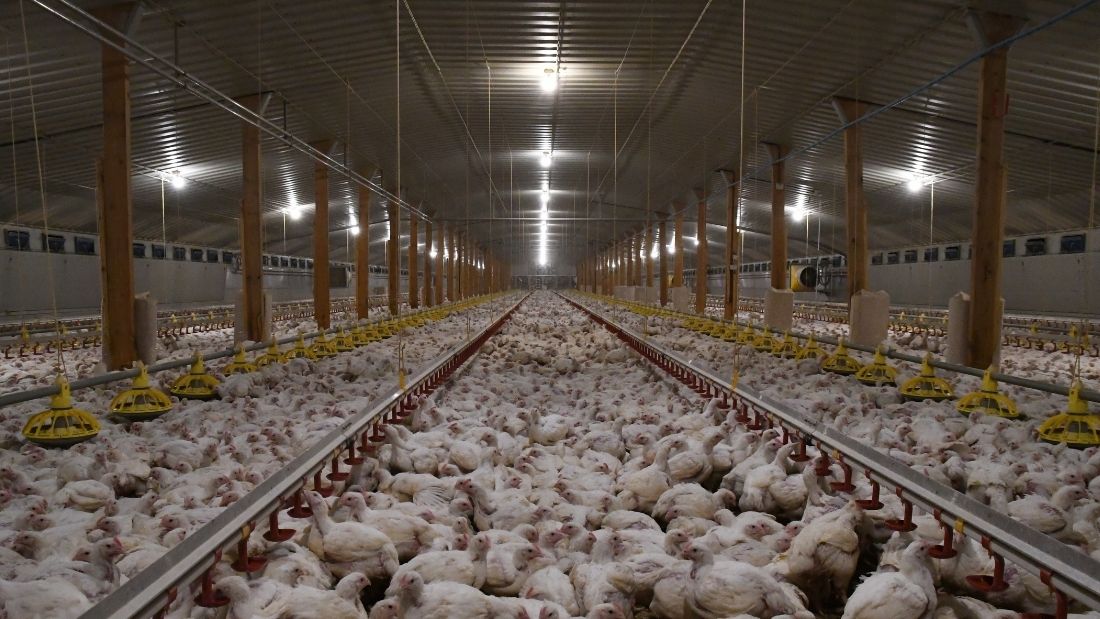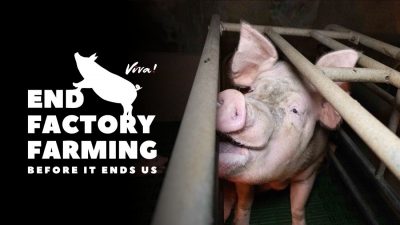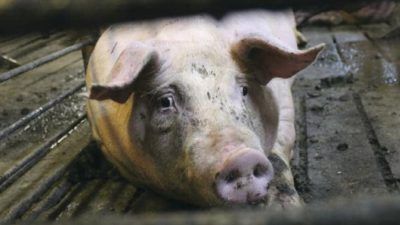Bird flu takes another step towards a pandemic

H5N1 infection in humans can cause severe disease and has a high death rate. Globally, since 2003 and the end of January 2023, there have been 868 cases in people, resulting in 457 deaths (53%). However, in the last few weeks, more cases and deaths have been reported…
H5N1 cases in humans
In early March, it was revealed that two unrelated cases of bird flu in humans had been reported in China; a 49-year-old man in southern China’s Guangdong province tested positive for H5N6 and a 53-year-old woman from the Jiangsu province in eastern China tested positive with H5N1. The woman was infected with the same subgroup of H5N1 (clade 2.3.4.4b) that is killing huge numbers of birds around the world.
Earlier, in February 2023, two H5N1 infections in Cambodia were reported to the WHO after a father and his 11-year-old daughter tested positive – sadly, the girl died. It’s unclear if they both caught the infection from poultry or if it was a case of human-to-human transmission. There have been a few cases of bird flu passing within families caring for a sick one. Although this was H5N1, scientists say it was not the same clade causing mass deaths in birds globally. Nevertheless, these cases are worrying.
Devastating impacts globally
The current bird flu situation has raised concerns internationally. Since October 2021, an unprecedented number of outbreaks caused by H5N1 have been reported in several areas of the world, causing devastating impacts to captive and wild birds. It first became predominant in Asia, Africa, Europe and the Middle East before spreading to Canada and the US. In the UK, there have been 330 cases reported in captive birds since late 2021 and over seven million birds have been culled. One human infection was reported here in early 2022 in a man who kept ducks. This unprecedented outbreak has led to an alarming number of wild bird deaths and has affected other wildlife including mammals.
H5N1 in mammals
The UK Animal and Plant Health Agency (APHA) have confirmed that otters and foxes here have tested positive for the virus. They may have become infected after eating the bodies of diseased birds. The virus infecting these mammals was found to carry a mutation that the UK Health Security Agency (UKHSA) warns “…may imply this virus has a propensity to cause zoonotic infections”. In other words, it has mutated into a variant that could jump more easily to humans. Avian influenza is now classed as a level three risk (on a transmission scale from zero to five), which means there is “evidence of viral genomic changes that provide an advantage for mammalian infection.” Professor Ian Brown, director of scientific services at APHA says: “The virus is absolutely on the march.”
Globally, bird flu has infected many different mammals including sea lions, bears, foxes, skunks, farmed mink, cats, dogs and animals kept in zoos such as tigers and leopards. In late 2022, mink in a fur farm in Spain tested positive for H5N1 and the virus spread rapidly through the farm, causing concern in the scientific community that the virus may have spread from mink-to-mink. This would be the first evidence of H5N1 being easily transmitted between mammals, raising fears that H5N1 could trigger a human pandemic.
We’ve been here before with covid, when the SARS-CoV2 coronavirus jumped to farmed mink in the Netherlands in 2020. Subsequently, over 400 mink farms across Europe reported outbreaks and the mink-associated variant jumped back to humans and then spread in the community.
Factory farms are a breeding ground for disease
The crowded, stressful and filthy conditions of factory farms, be they intensive mink fur farms, poultry or pig farms, make them the perfect breeding ground for infectious diseases. Let’s not forget the 2009 swine flu pandemic originated from intensive pig farming methods. Viva! has exposed the horrific conditions in these places time and time again and factory farms, particularly those associated with poultry, are a major contributor to the global spread of bird flu.
We are witnessing another highly pathogenic disease jumping species. This time it’s bird flu and many scientists think it will be the cause of the next global pandemic. This is unfolding in front of us, it’s like watching a car crash in slow motion, but we have the opportunity to prevent it – to take away the viral reservoir and end factory farming. If you had to choose between chicken nuggets or another pandemic, but one that may kill up to 50 per cent of those infected, which would you choose?







